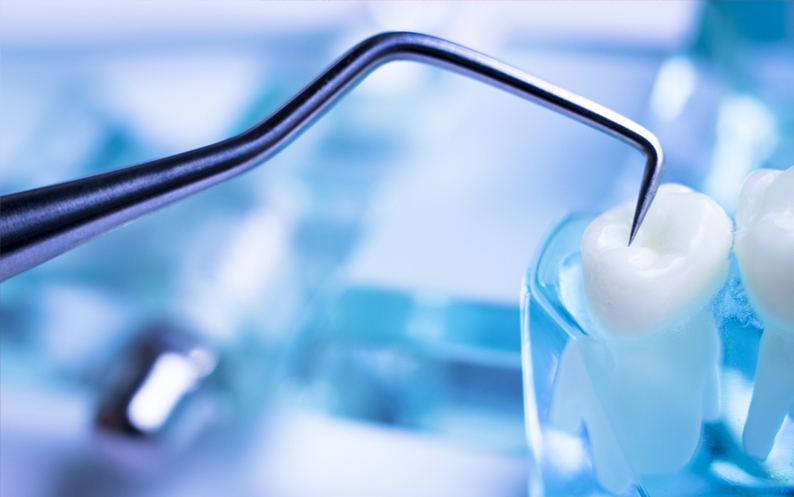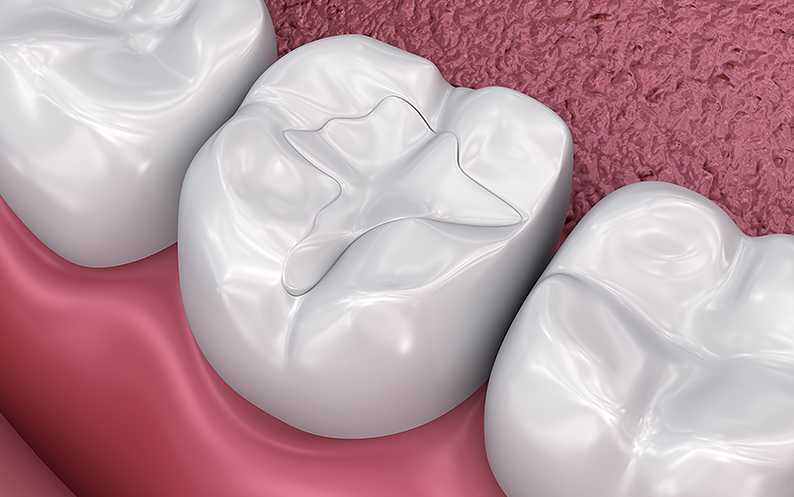Dental Fillings

When a dentist detects cavities on your tooth, he will remove the
damaged part and “fill” the empty
area of the tooth. That’s why every person who has had cavities usually has fillings in his or her
mouth. At Village Dental Medicine we believe our patients have to feel confident and not think
whether their fillings show every time they laugh – that’s why we use white fillings which match the
color of the teeth and are as strong as any other amalgam fillings.

What are Dental Fillings Made Of
White fillings restore dental fractures and damage caused by tooth decay. There is quite a wide range of materials white fillings can be made of, but most commonly they are made of powdered glass, synthetic resin and some settling ingredient. Most common types of white fillings are composite and porcelain fillings.

Composite Dental Fillings
Composite fillings are the most popular tooth-colored dental fillings, sometimes also known as composite resin fillings. They are made from quartz, powdered glass, silica or other ceramic components added to a resin base to maintain their white color. A doctor will choose a shade matching your teeth and bond the filling onto the area with an adhesive, shining afterwards onto it with light to set it. With this kind of filling doctor will remove less of the tooth, which has its advantages.
Porcelain Dental Fillings
Porcelain fillings are more expensive than composite fillings and are often used for dental inlays and onlays. Just as composite fillings, porcelain fillings don’t darken over time and are great alternatives for people who have metal allergies. Unlike amalgam fillings they don’t require more of the tooth structure to be removed – just the decayed part. These fillings can be hard wearing and long lasting.
